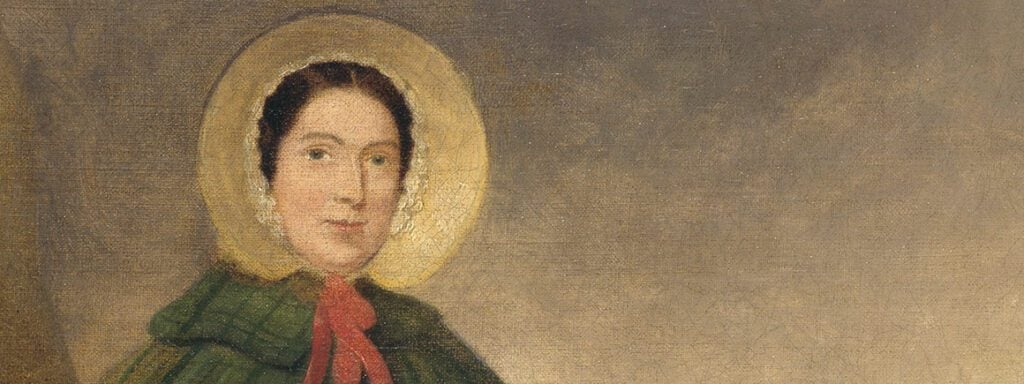According to recent studies, only 19.4% of all paleontologists are women. Women have made several critical discoveries. However, most of them have not been recognized due to working in a male-dominated field. But do you know who the mother of paleontology is?
Mary Anning, at the age of 12, discovered the first ichthyosaur fossil with her brother. She would go on to find many more fossils and revolutionize paleontology science. However, because she was a woman in the early 1800s, she was rarely given full credit for her discoveries.
The Early Life of Mary Anning
The Annings were religious dissenters, Protestants who had broken away from the Church of England, and extremely poor. Only Mary and her older brother, Joseph, survived to adulthood in a family of nine or ten children.
Richard, Mary’s father, was a cabinetmaker and amateur fossil collector. Mary was his fossil-collecting sidekick by age five or six, an unfathomable activity for Georgian girls.
Richard taught his daughter how to find and clean fossils on the beach, and he frequently displayed and sold them from his shop.
Mary, like many other women and girls in Lyme Regis at the time, had received little formal education. She could, however, read and taught herself geology and anatomy.
Richard died suddenly from tuberculosis and previous injuries in 1810. Joseph got a job as an apprentice upholsterer, and their mother, Molly, encouraged Mary to sell her finds to help pay off the family’s debts. (Source: Natural History Museum UK)
How Did Mary Anning Find the Ichthyosaur Fossil?
When Anning was 12, Joseph discovered a strange-looking fossilized skull. Anning then searched for and painstakingly dug the skeleton’s 5.2-meter length. When she was finished, several months later, everyone in town knew she had discovered what had to be a monster.
Scientists mistook this for a crocodile. Most people assumed that unearthed, unrecognizable creatures had migrated to distant lands at the time.
Georges Cuvier, known as the father of paleontology, had only recently introduced the theory of extinction at this point. The Origin of Species, by Charles Darwin, would not be published for another 48 years.
For years, the mysterious specimen was studied and debated. It was eventually named Ichthyosaurus, or fish lizard, though we now know it was a marine reptile rather than a fish. It lived between 201 and 194 million years ago. (Source: Natural History Museum UK)
What Other Fossils Did Mary Anning Find?
Anning was the first to discover the complete skeleton of a Plesiosaurus, which means near reptile. The specimen was so strange, and the news spread so quickly that there were rumors that the fossil was a fake.
Georges Cuvier himself contested the discovery. Anning was not invited to a special meeting of the Geological Society of London. Cuvier admitted his error after a lengthy debate.
Despite her growing reputation for discovering and identifying fossils, the scientific community was reluctant to acknowledge her contributions.
Anning also discovered a strange jumble of bones in 1828, with a long tail and wings. Once again, word of her discovery spread quickly. From London to Paris, scientists speculated on this unknown species of that rarest and curious of all reptiles.
What she discovered were the first Dimorphodon remains. It was the first pterosaur found outside of Germany. Later, the name Pterodactyl was coined.
Mary kept unearthing fossil after fossil. She continued to sell her many finds, which fueled public interest in geology and paleontology. (Source: Natural History Museum UK)
Image from HistoryExtra
